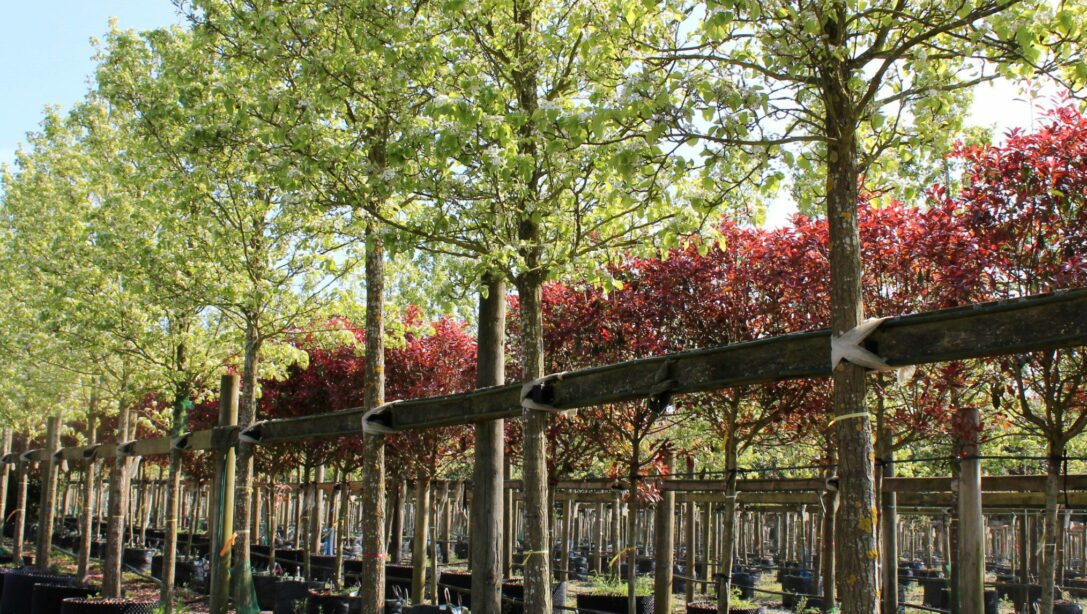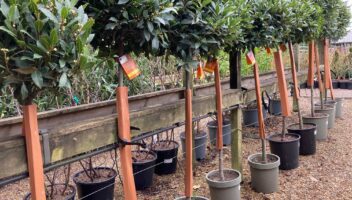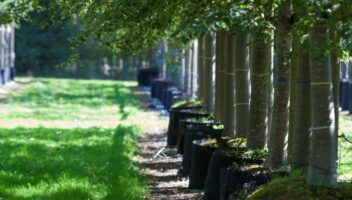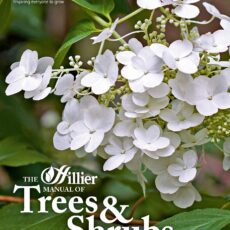In the world of urban landscapes, where space is often a luxury, the presence of trees becomes even more crucial. We are going to explore the significance of these giants and help find the best trees for small spaces.
In small spaces finding the right tree species can be a challenge. Balancing the desire for greenery with the constraints of limited room requires careful consideration of the characteristics of the tree, growth patterns and maintenance requirements.
Trees in Urban Environments
Trees are the lungs of cities, providing a vital role in purifying the air by absorbing carbon dioxide and releasing oxygen. Beyond this trees offer psychological benefits by enhancing the visual appeal and studies have shown that trees can reduce stress, improve mood and enhance overall well-being.
Which Trees to Choose for Small Spaces?
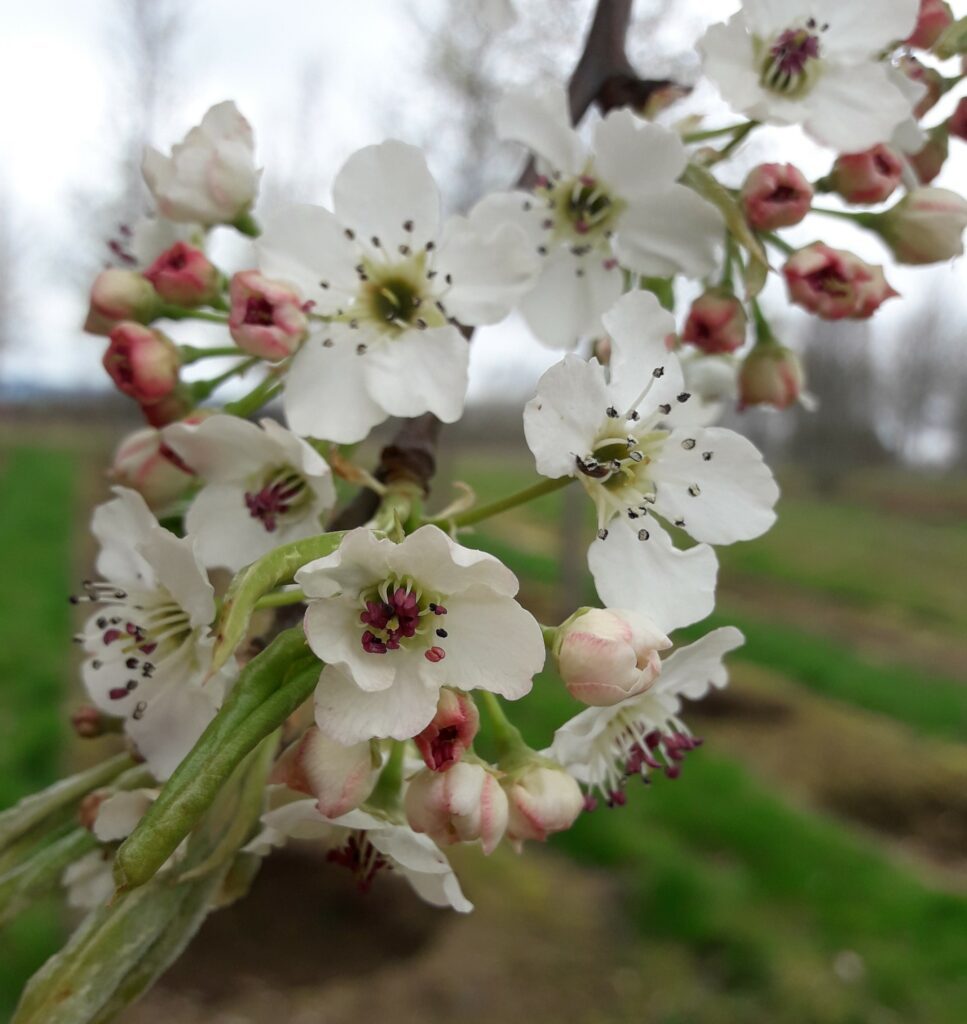
Pyrus Capital – This is more upright and columnar than other species, it is the narrowest of pears. Masses of attractive white flowers and glossy green leave that will change to a purple shade in Autumn/Winter.
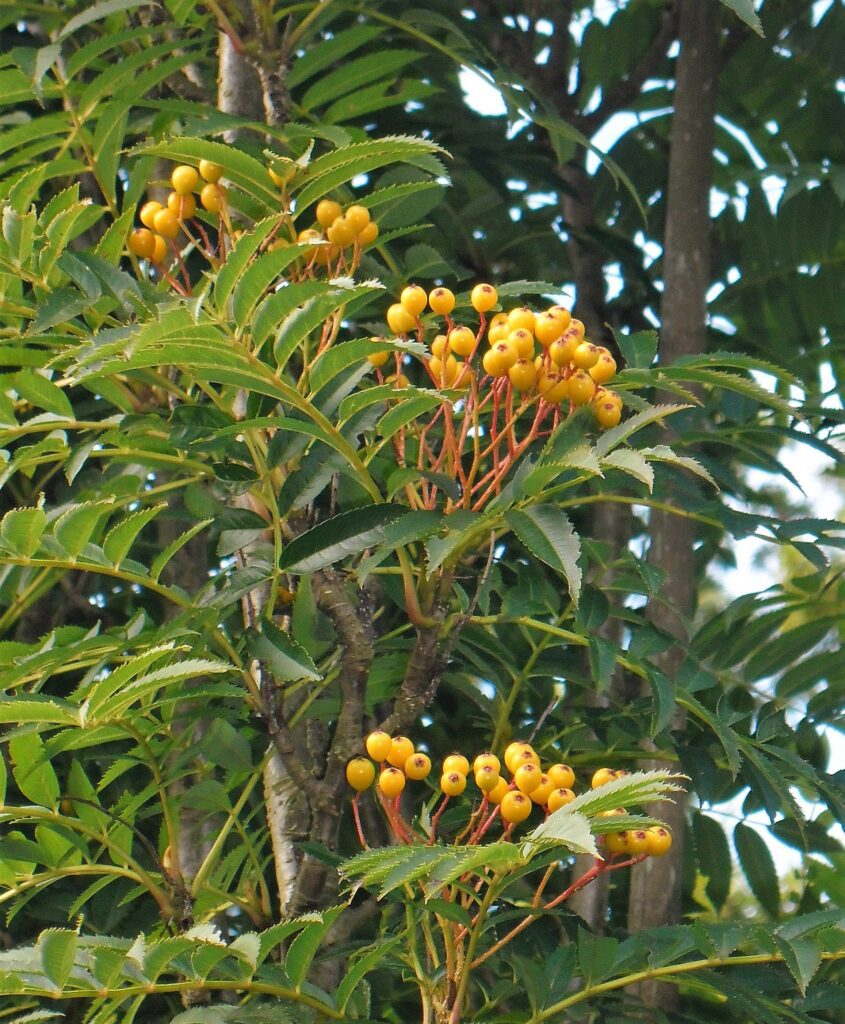
Sorbus Autumn Spire – The upright is perfect for tighter locations. The red leaves contrast with the yellow berries perfectly.
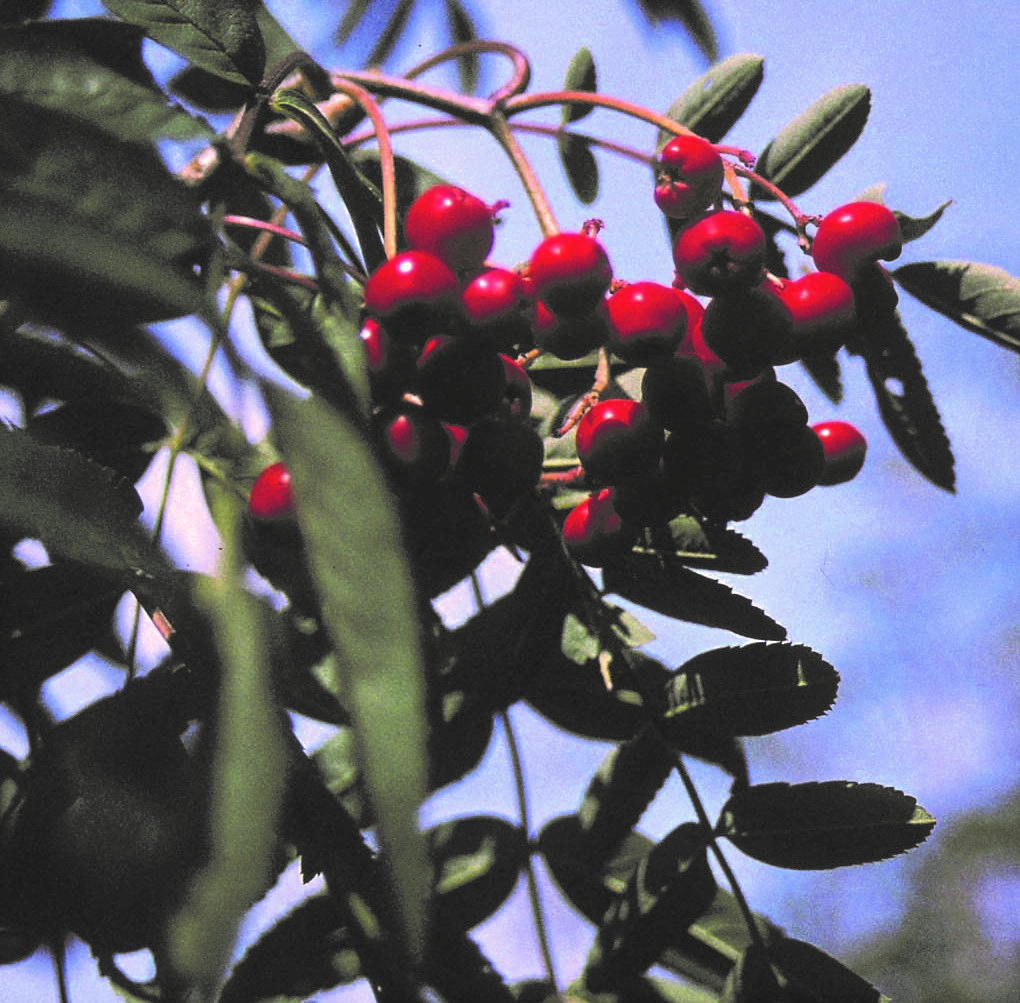
Sorbus Streetwise – An extremely robust grower, this tree will out-perform other Sorbus aucuparias.’ This will produce red berries which is great for local wildlife.
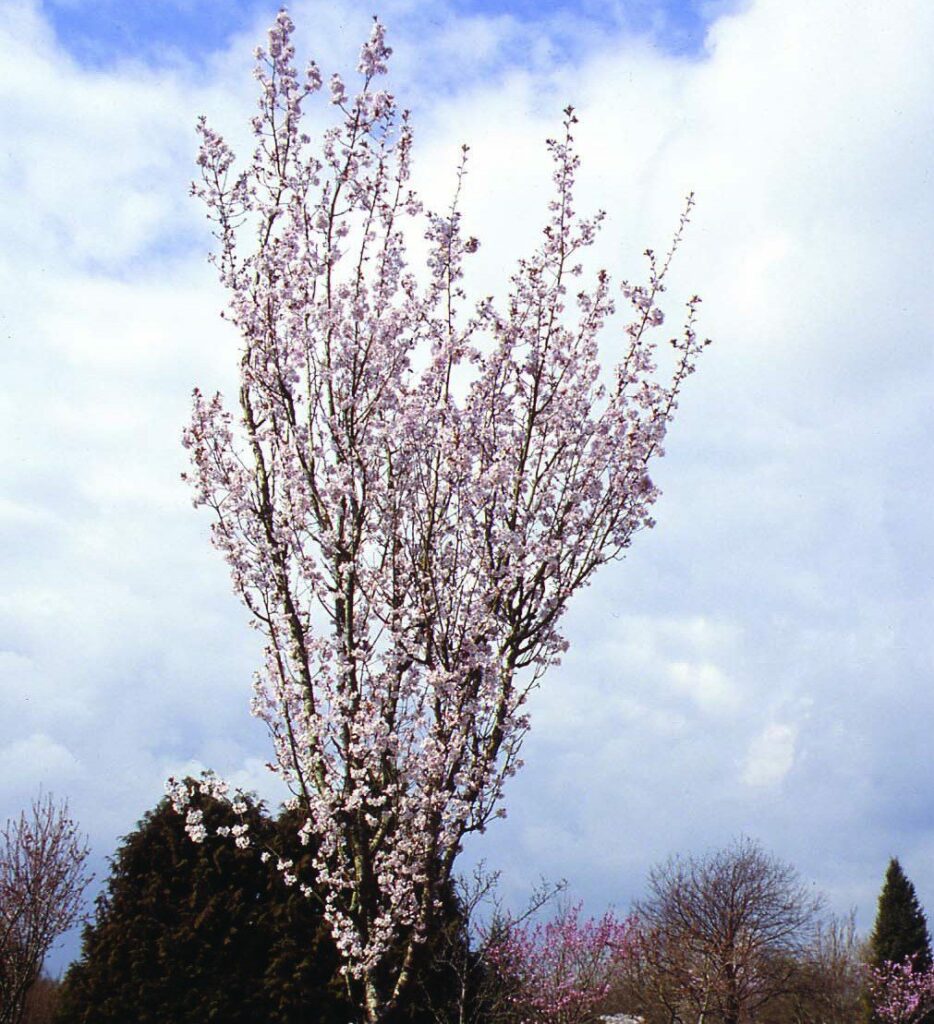
Prunus Spire – This was raised and introduced at our own nursery in the early 1920s. The canopy of the tree has ascending branches and it’s one of the best flowering trees for streets.
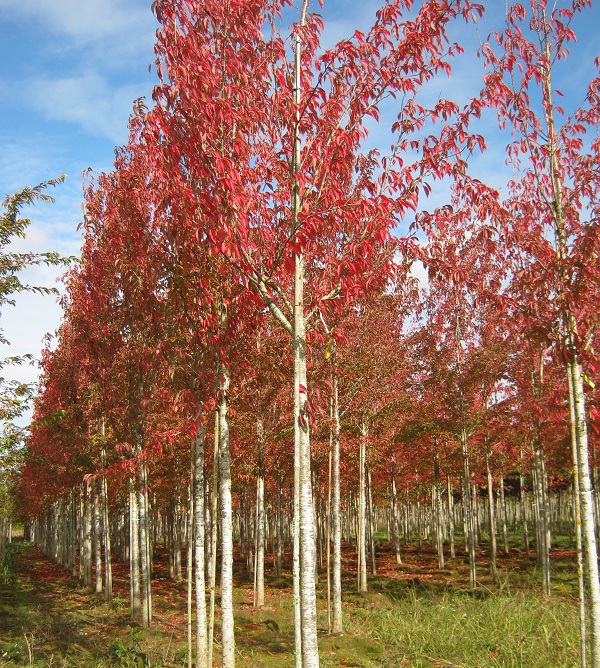
Prunus Sunset Boulevard – Its upright narrow form is popular with the tighter urban locations, this is a favourite of the cherries to be planted with their pretty white blossom.
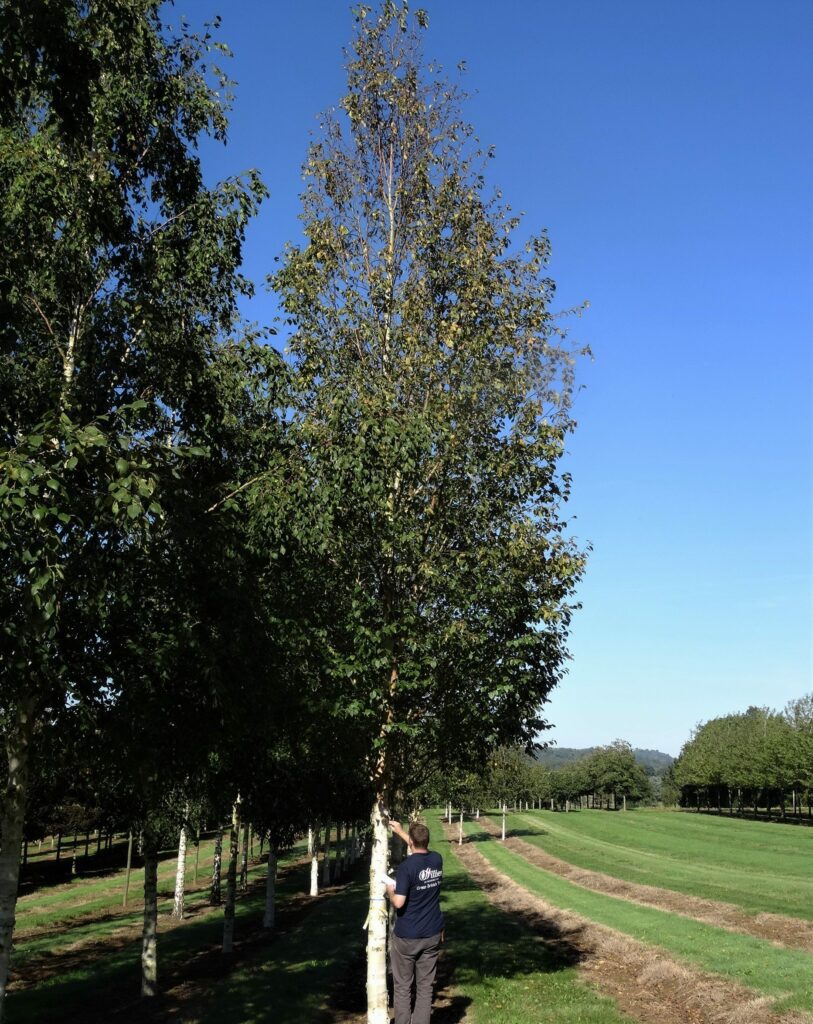
Betula x Edinburgh – Because of its upright demean this tree with a tighter canopy is ideal for urban areas and is a particularly hardy tree which will tolerate both chalk or clay soil.
Carpinus Betulus Lucas (Hornbeam) – This will offer a dense canopy and is well-suited for urban environments due to their tolerance of compacted soil and pollution.
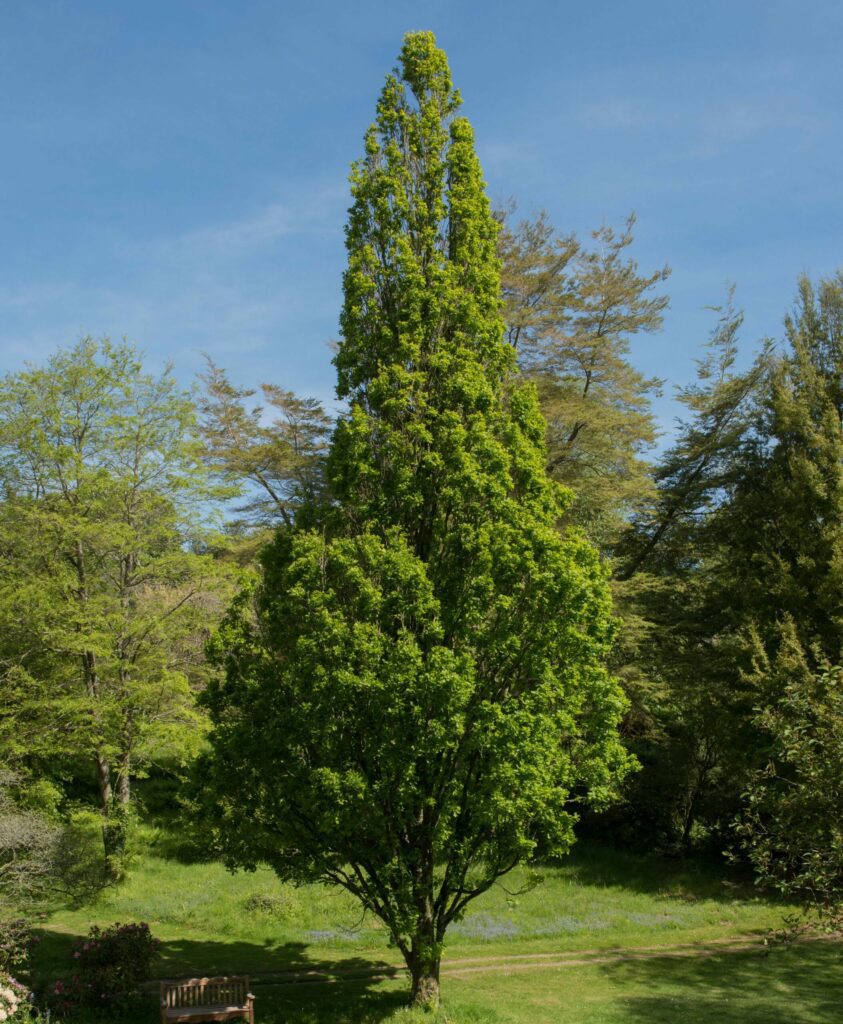
Quercus robur Fastigiata Koster – Various oak species, like English Oak (Quercus robur ‘Fastigiata’), offer a vertical accent while occupying minimal ground space.
Finding Suitable Trees
Factors to consider when looking for a tree for a small space:
Size and Growth Habit: Opt for trees with an upright growth habit. These trees tend to have a smaller footprint while still providing vertical greenery.
Root System: Trees with non invasive root systems are preferable, as they are less likely to damage nearby structures or infrastructure.
Soil Adaptability: Choose trees that can adapt to the available soil conditions whilst not requiring extensive root space.
Climate Compatibility: Select species that are well suited to the local climate and can withstand the challenges posed by local environments.
Maintenance Requirements: Consider the tree’s maintenance needs, including pruning, watering and pest control. Low-maintenance species are often more suitable for urban spaces.
How to Care for Trees in Small Spaces
Proper care is essential for ensuring the health and longevity of trees in small spaces:
Soil Preparation: Before planting, ensure that the soil is adequately prepared with nutrients and organic matter to support the tree’s growth.
Root Management: Implement strategies to manage root growth, such as using root barriers to prevent root systems from damaging nearby structures.
Pruning: Regular pruning helps maintain the desired shape whilst preventing overcrowding and ensuring proper air circulation within the canopy.
Watering: All trees require more frequent watering. If no natural rainfall or water is available then drip irrigation systems can efficiently deliver water to the root zone.
Mulching: Apply a layer of mulch around the base of the tree to conserve moisture, regulate soil temperature and suppress weed growth.
Monitoring: Regularly monitor the tree’s health for signs of stress, pests or diseases. Prompt action can prevent issues from escalating.
Trees are indispensable components of urban environments, contributing to the quality of air, temperature regulation and overall well-being. Incorporating trees into smaller spaces requires careful selection and maintenance to ensure their successful growth. By choosing the suitable trees and implementing proper care practices, residents can maximise the benefits of greenery in even the most confined areas, creating a healthier and more aesthetically pleasing urban landscape.
For more information and advice on which tree is best for your outdoor space and how to go about ordering contact us.


